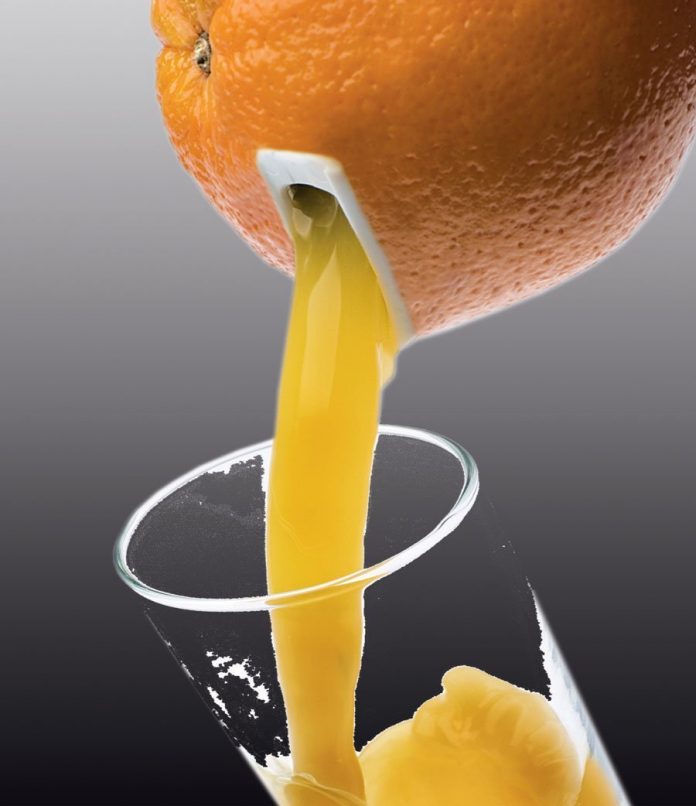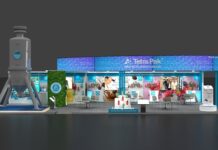Any design problem is capable of being viewed as a “biologized challenge.” This essentially means that the innovators need to query the natural world around them for inspiration and then use bio- mimicry to ensure that the resulting design mimics nature in the best way, at all levels – that is form, process and ecosystem.
Bio-mimicry,” I read in a blog recently, “is the process of consulting life’s genius.” The blog (Varsha Mehta: researchelective09. blogspot.com) went on to describe how innovators from all walks of life – engineers, architects, designers and even managers and business leaders can use bio-mimicry as a tool to create more sustainable designs. It is obvious that the natural world around us offers abundant inspiration for innovation. Using Nature’s Wisdom to make better products and more appealing packaging is not new. For example, the brilliant idea of a banana could be the inspiration behind the flexible skin we peel off an ice cream or a chocolate bar. The beautiful contours of the female form could be the origin of the shape of many different bottles for perfumes or liquor. The snug way in which a walnut kernel is held in place by its tough out- er covering could be the source idea for many types of transportation packs for precious products. This list is big and can evolve beyond being a derivative for just Form and Function, as long as designers are sensitive to the uncompromising principles by which nature governs itself.
Bio-Mimicry at Work
While the list of biomimicry examples around us is wide and varied, it also demonstrates how versatile can be the opportunity for its application to the design problems around us.
Imitating Nature
Whenever a product needs to be put on the shelf in its pure, unadulterated physical form, this method of creating an imitation of the natural original offers the most dramatic opportunity. For example, a package of squeezed lemon juice (for convenience) could not be packaged more effectively than by creating a plastic imitation of the lemon itself. In the same way tomato ketchup containing real tomato ingredients could not be promoted in any better way than by offering it in tomato shaped containers.
Natural Analogy
Are natural products like bananas or mangoes shaped the way they are simply by some whim of nature? Could it be that nature has designed them to offer an ergonomic benefit for their use? Such ergonomic benefits of natural products can be commonly observed amidst the products around us. Nature makes its products not only for its human consumers but also for its far less privileged animal subjects. Natural products are made easily recognizable by their distinctive colour, or easily gripped by their shape or given more shelf-life in harsher conditions by their skins. Analogies such as these are used in modern packs for personal care (with easy grip shapes), for processed food (with flexible laminate skins) or vividly recognizable colours.
Derived Beauty
Mankind alone (perhaps) is blessed by nature to discern and recognize beauty amidst nature. Over the ages human designers, in varied fields, have learnt to be sensitive to beautiful natural forms and derive their ratios in deriving beautiful objects of their own. Packaging design for perfumery, beverages and other personal care products offers abundant variety of examples of the principles of natural beauty applied to manmade objects.
Bite-size Portions
Whenever faced with adversity (climate or predators) nature often responds innovatively with frugality. Natural products are known to become smaller in frugal conditions such that their bounty can still be distributed as widely as possible under the circumstances. The creation of bite-size portion packs or ‘price point’ packs for frugal markets are examples of how such principles are put to work.
Handling and Protection
The natural cycle of creation, destruction and rebirth demands the development of a reliable eco-system which will allow natural products to fulfill their assigned roles. Nature offers several examples of how it protects its products in transportation and handling such that they may proliferate. Perhaps seeds and nuts offer the best examples of this principle. Packaging designers have already learnt to ob- serve and apply some of those principles to develop safer transportation packaging. Examples that come to mind are: Clam-shell blister packs or Snug-fit packs bottle/precious product packs.
Beyond Form and Function
“33% of the physical space in American (contemporary urban) landfills is clogged with the beautiful packaging that moves our cameras, household cleaners, and underwear off the store shelves,” another blog goes on to say. Obliquely the reference is to an incomplete application of the principles by which the creation of packaging – however beautiful must govern itself. A complete application of the Principles of Nature must extend beyond form or process to the entire eco-system itself. Creating a sustainable eco-system is the hall-mark of the way in which nature aims to govern itself. (It is another matter nowadays that mankind has already irreversibly damaged many eco-systems and set several globally erosive forces in motion.)
Must the amount of discarded packaging found in an urban landfill be a measure of industrial progress in a society? Several individual talents come together to produce any successful piece of packaging. The designer, the graphic artist, copywriter, photographer, engineer and printer bring their efforts together to bring the packag- ing. Packaging is always designed to increase brand awareness, offer a better expe- rience while purchasing a brand and in turn bring in more revenue. Why should that very same packaging remain valuable only till it encases the product? Once the prod- uct has been purchased that packaging loses all it’s worth and transforms not just into something inconsequential but into something toxic that pollutes the global eco-system.
By now it is clear that global corporations have begun to realize their role in creating and adopting more sustainable packaging. WalMart, for example is reported to have put plans in motion aiming to eliminate all packaging waste over the next decade by adopting packaging that could be completely reused or ‘up-cycled.’
This method of using ideas from nature’s wisdom not just for the physical design of a product but also extending them to the manufacturing process, the packaging and then all the way through to shipping, distribution and re-use decisions has been termed as The Design Spiral. The Spiral emphasizes the reiterative process of Nature – that is when one challenge is solved it often leads to another which also must be solved till the entire process is streamlined.












